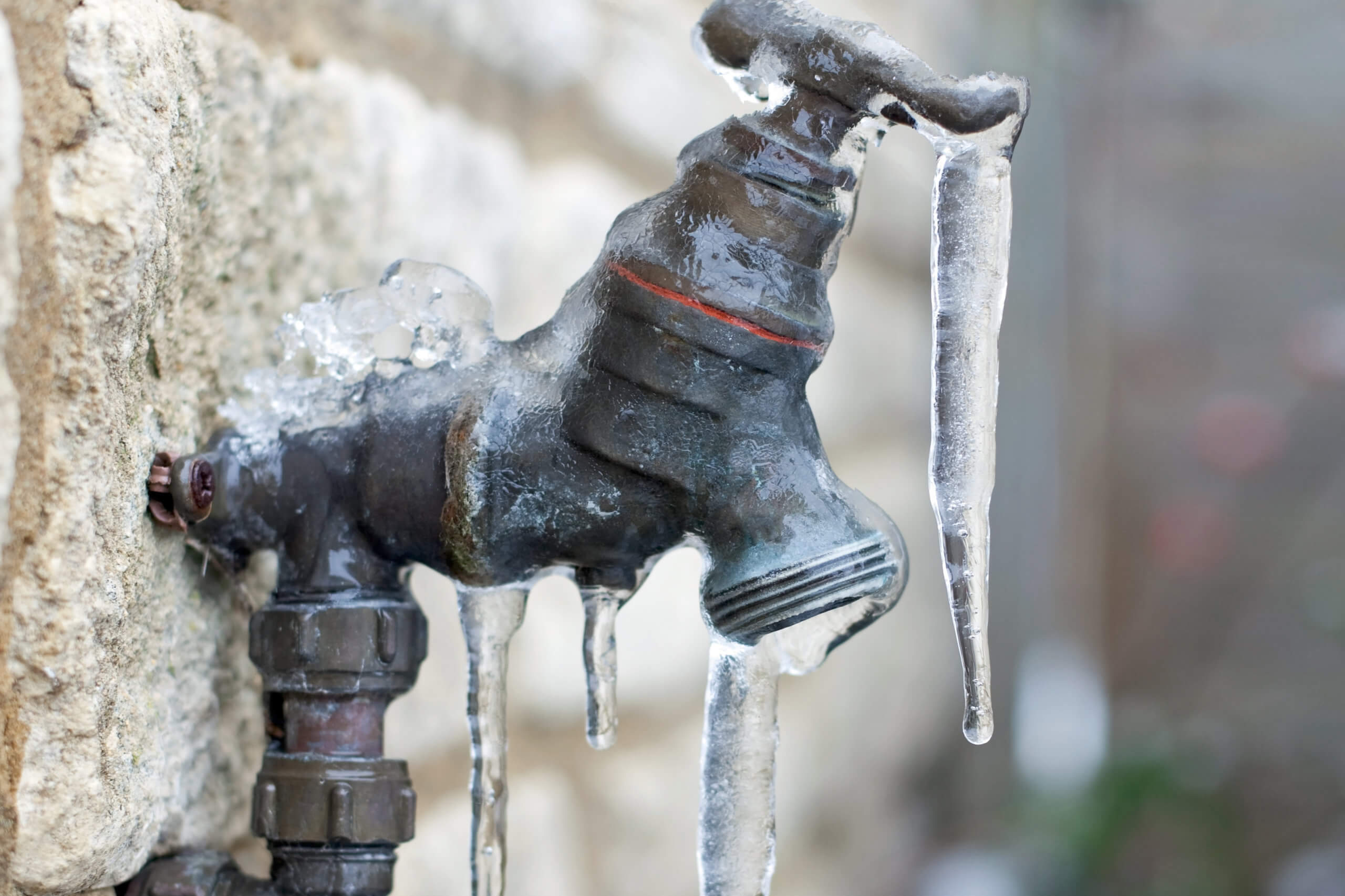On this page further down you'll find more very good insight in regards to Helpful Tips to Prevent Frozen Pipes this Winter.

Winter can ruin your pipes, specifically by freezing pipelines. Right here's exactly how to prevent it from taking place and what to do if it does.
Intro
As temperatures drop, the threat of icy pipelines increases, possibly causing pricey fixings and water damage. Understanding just how to stop frozen pipelines is critical for house owners in chilly climates.
Recognizing Frozen Pipes
What creates pipes to freeze?
Pipes ice up when exposed to temperature levels below 32 ° F (0 ° C) for extended periods. As water inside the pipes freezes, it broadens, putting pressure on the pipeline walls and potentially causing them to rupture.
Dangers and damages
Frozen pipes can bring about water system interruptions, residential or commercial property damages, and pricey repairs. Ruptured pipes can flood homes and create comprehensive structural damages.
Signs of Frozen Pipes
Identifying icy pipes early can avoid them from bursting.
How to recognize frozen pipelines
Search for lowered water flow from faucets, uncommon smells or sounds from pipelines, and visible frost on revealed pipelines.
Avoidance Tips
Protecting susceptible pipelines
Cover pipes in insulation sleeves or make use of warm tape to protect them from freezing temperatures. Focus on pipelines in unheated or exterior areas of the home.
Home heating techniques
Maintain indoor areas adequately heated up, particularly areas with plumbing. Open cabinet doors to allow cozy air to flow around pipelines under sinks.
Protecting Outdoor Plumbing
Yard tubes and outside faucets
Separate and drain garden hoses prior to winter months. Mount frost-proof spigots or cover outside faucets with shielded caps.
What to Do If Your Pipelines Freeze
Immediate actions to take
If you presume frozen pipelines, maintain faucets open up to soothe pressure as the ice thaws. Use a hairdryer or towels taken in warm water to thaw pipelines gradually.
Long-Term Solutions
Architectural adjustments
Think about rerouting pipelines far from outside wall surfaces or unheated locations. Include extra insulation to attics, basements, and crawl spaces.
Updating insulation
Buy top notch insulation for pipes, attics, and wall surfaces. Proper insulation aids maintain regular temperature levels and reduces the risk of icy pipes.
Conclusion
Stopping frozen pipes needs aggressive procedures and quick actions. By comprehending the reasons, indicators, and preventive measures, property owners can safeguard their plumbing throughout cold weather.
5 Ways to Prevent Frozen Pipes
Drain Outdoor Faucets and Disconnect Hoses
First, close the shut-off valve that controls the flow of water in the pipe to your outdoor faucet. Then, head outside to disconnect and drain your hose and open the outdoor faucet to allow the water to completely drain out of the line. Turn off the faucet when done. Finally, head back to the shut-off valve and drain the remaining water inside the pipe into a bucket or container. Additionally, if you have a home irrigation system, you should consider hiring an expert to clear the system of water each year.
Insulate Pipes
One of the best and most cost-effective methods for preventing frozen water pipes is to wrap your pipes with insulation. This is especially important for areas in your home that aren’t exposed to heat, such as an attic. We suggest using foam sleeves, which can typically be found at your local hardware store.
Keep Heat Running at 65
Your pipes are located inside your walls, and the temperature there is much colder than the rest of the house. To prevent your pipes from freezing, The Insurance Information Institute suggests that you keep your home heated to at least 65 degrees, even when traveling. You may want to invest in smart devices that can keep an eye on the temperature in your home while you’re away.
Leave Water Dripping
Moving water — even a small trickle — can prevent ice from forming inside your pipes. When freezing temps are imminent, start a drip of water from all faucets that serve exposed pipes. Leaving a few faucets running will also help relieve pressure inside the pipes and help prevent a rupture if the water inside freezes.
Open Cupboard Doors
Warm your kitchen and bathroom pipes by opening cupboards and vanities. You should also leave your interior doors ajar to help warm air circulate evenly throughout your home.

I hope you liked our part on Preventing and dealing with frozen pipes. Thanks for taking the time to read our content. Sharing is nice. You never know, you will be doing someone a favor. We take joy in your readership.
Call Today